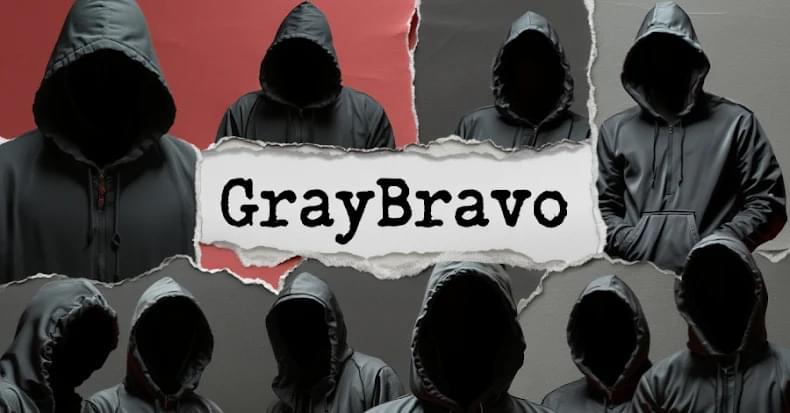Researchers detail NANOREMOTE, a Windows backdoor using Google Drive API for covert control and data theft.




Huntress is warning of a new actively exploited vulnerability in Gladinet’s CentreStack and Triofox products stemming from the use of hard-coded cryptographic keys that have affected nine organizations so far.
“Threat actors can potentially abuse this as a way to access the web.config file, opening the door for deserialization and remote code execution,” security researcher Bryan Masters said.
The use of hard-coded cryptographic keys could allow threat actors to decrypt or forge access tickets, enabling them to access sensitive files like web.config that can be exploited to achieve ViewState deserialization and remote code execution, the cybersecurity company added.





The TOI Tech Desk is a dedicated team of journalists committed to delivering the latest and most relevant news from the world of technology to readers of The Times of India. TOI Tech Desk’s news coverage spans a wide spectrum across gadget launches, gadget reviews, trends, in-depth analysis, exclusive reports and breaking stories that impact technology and the digital universe. Be it how-tos or the latest happenings in AI, cybersecurity, personal gadgets, platforms like WhatsApp, Instagram, Facebook and more; TOI Tech Desk brings the news with accuracy and authenticity.

